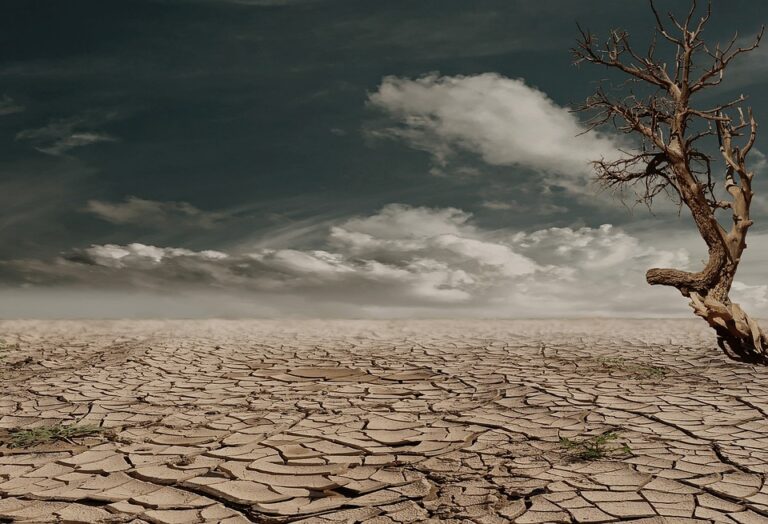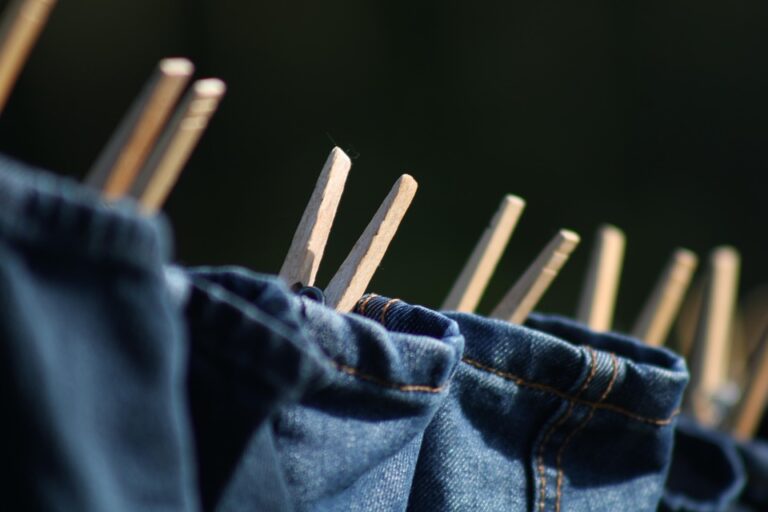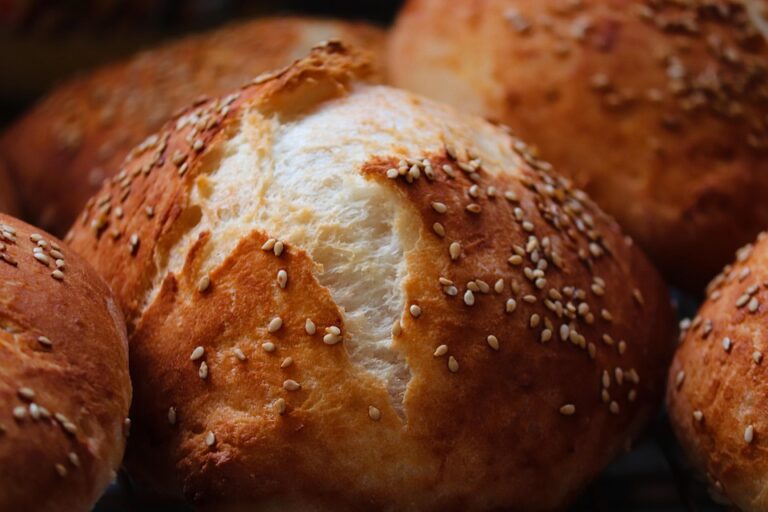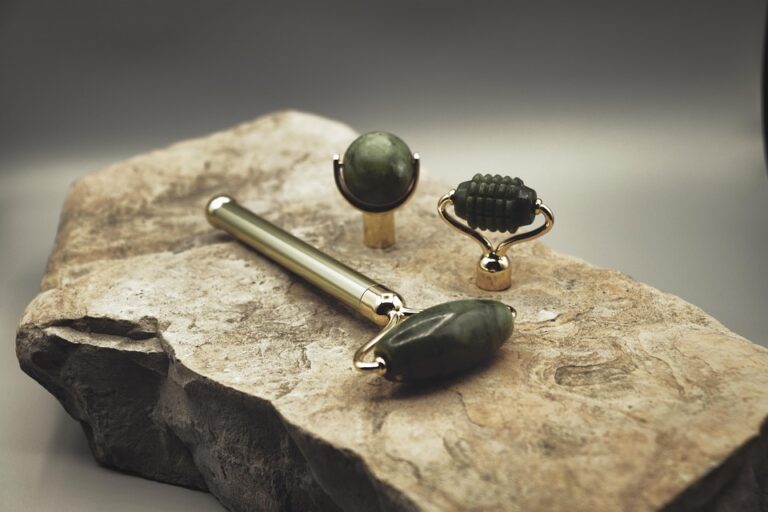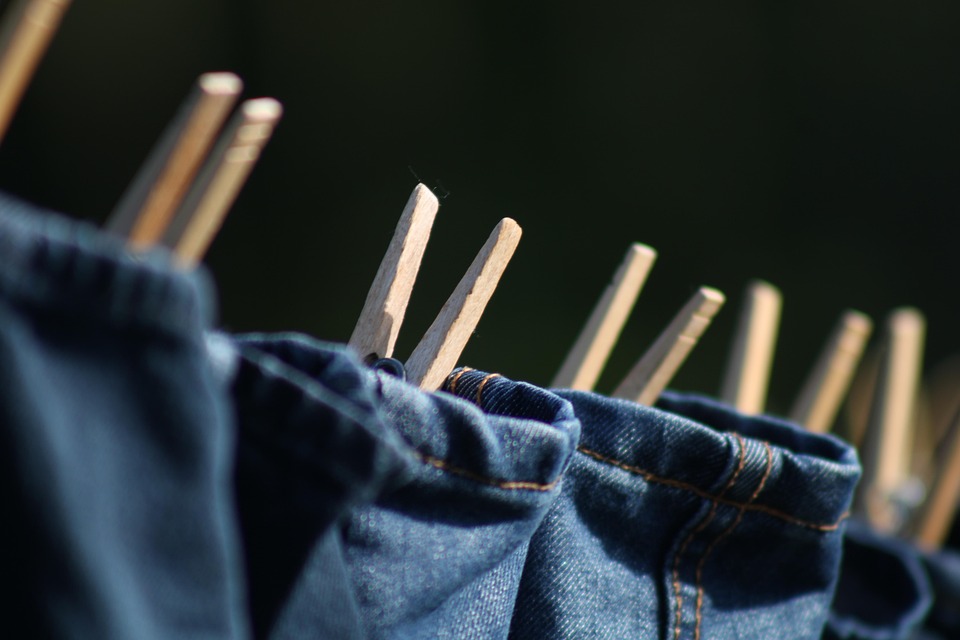
Exploring the Common Types of Dry Erase Markers: A Comprehensive Guide for Every Use
In the ever-evolving landscape of office supplies, dry erase markers have secured their place as indispensable tools for creativity and communication. Whether you’re a teacher at the helm of a classroom, a corporate professional striving for clarity in meetings, or simply someone who enjoys doodling on a whiteboard during a quiet afternoon, understanding the nuances of these markers can significantly enhance your experience.
1. The Classic Low-Odour Markers
These markers are the stalwarts of the dry erase world. With their vibrant hues and smooth application, they are designed for those who seek functionality without overwhelming scents. The low-odour formula is particularly appreciated in environments like classrooms where prolonged use might otherwise lead to discomfort.
But how do they stack up against their more pungent counterparts? Many users report that while the colour payoff remains consistent, the longevity may sometimes lag behind. This begs the question: is it worth sacrificing scent for staying power?
2. Bold and Bright: The Neon Range
If you’re looking to make a statement, neon dry erase markers are your answer. Perfect for presentations or brainstorming sessions, their high visibility ensures that no one will miss your points. However, their fluorescent nature can sometimes lead to an overwhelming visual experience.
Consider this: in an age where minimalism often reigns, do such vibrant tones enhance or detract from the message being conveyed? Some argue that they capture attention immediately, while others suggest that they might distract from the content. The debate continues, and perhaps the answer lies in the context of use.
3. Fine Tip vs. Chisel Tip: A Matter of Precision
When it comes to the tip of your marker, the choice between fine and chisel can dramatically affect your writing experience. Fine tip markers allow for intricate detailing and are particularly favoured by those who enjoy crafting elaborate diagrams. Conversely, chisel tip markers are versatile, offering both broad strokes and finer lines depending on the angle of application.
The question arises: do fine tip markers encourage creativity or restrict it by promoting precision? In contrast, do chisel tips liberate ideas through their flexibility or complicate things with their dual nature? Each user must weigh their needs against the potential advantages of both styles.
4. Eco-Friendly Options: A Green Choice
In today’s environmentally conscious world, eco-friendly dry erase markers are emerging as a popular choice. These markers often utilise non-toxic materials and biodegradable components, appealing to those who wish to minimise their ecological footprint. However, the trade-off can sometimes be in performance; users may find these markers require more frequent replacements or lack the same vibrancy as traditional options.
This raises an intriguing point: is the environmental benefit worth the potential sacrifice in quality? As consumers become more discerning, this question will undoubtedly shape the future of office supplies.
A Marker for Every Occasion
Ultimately, the choice of dry erase marker depends heavily on the context of its use. From the classroom to the boardroom, and even the casual brainstorming session at home, understanding the different types of markers available can transform how we communicate ideas.
In a market flooded with options, it’s essential to remain informed about the qualities that best suit your needs. As you navigate through your choices, remember that each marker tells a story—one that can enhance your creativity and clarity.
BargainsTrust continues to bring you curated information on a variety of quality products, ensuring that you can make informed decisions for all your office supply needs.


